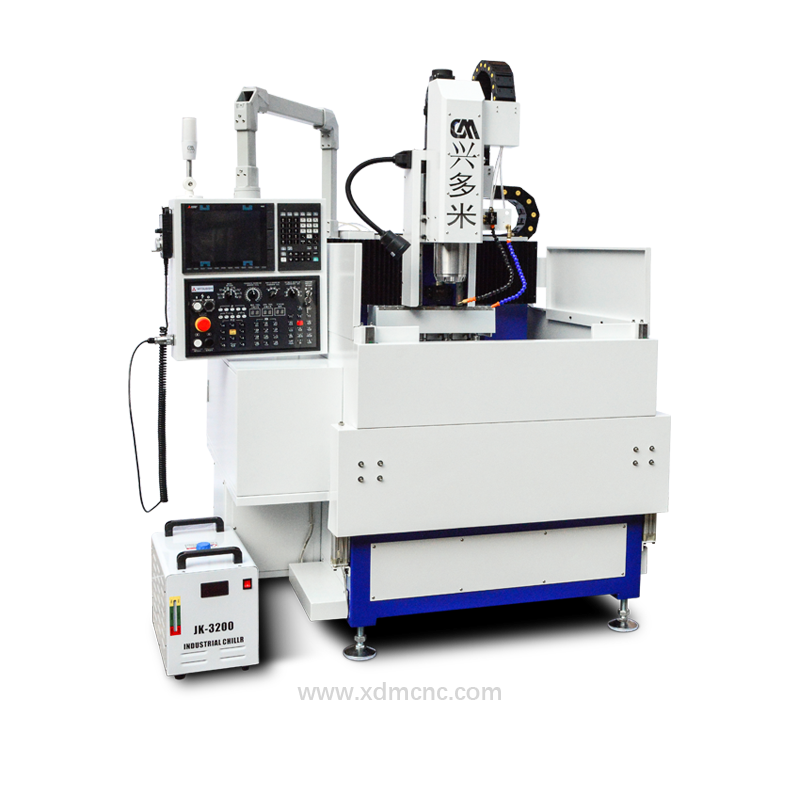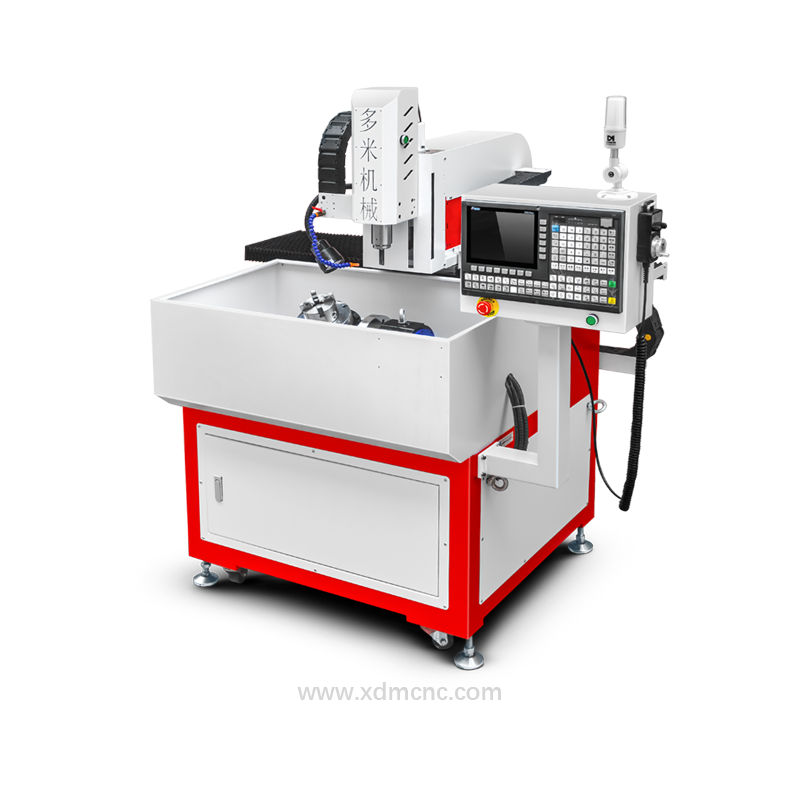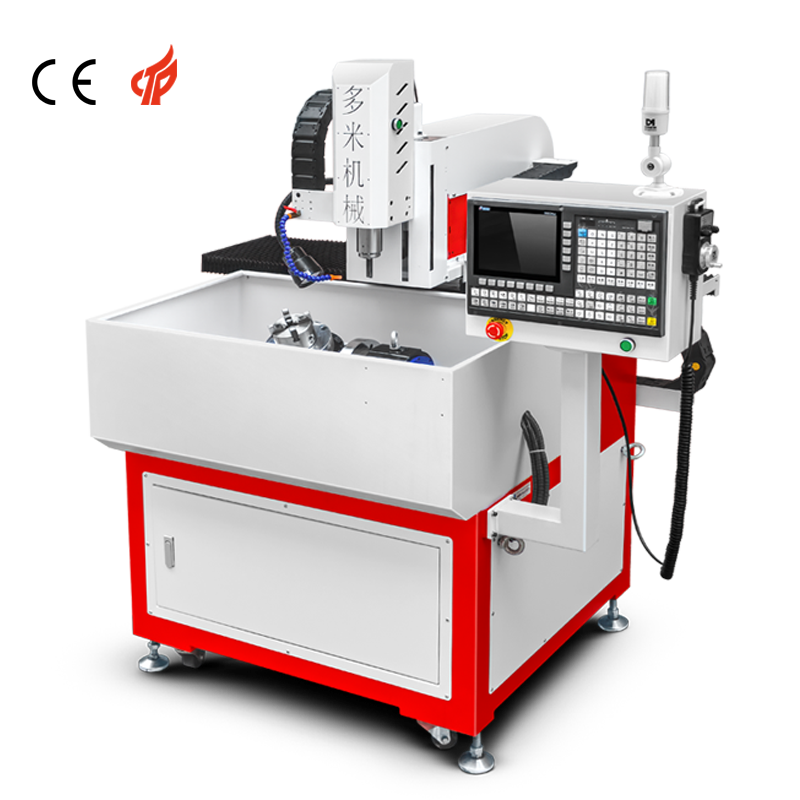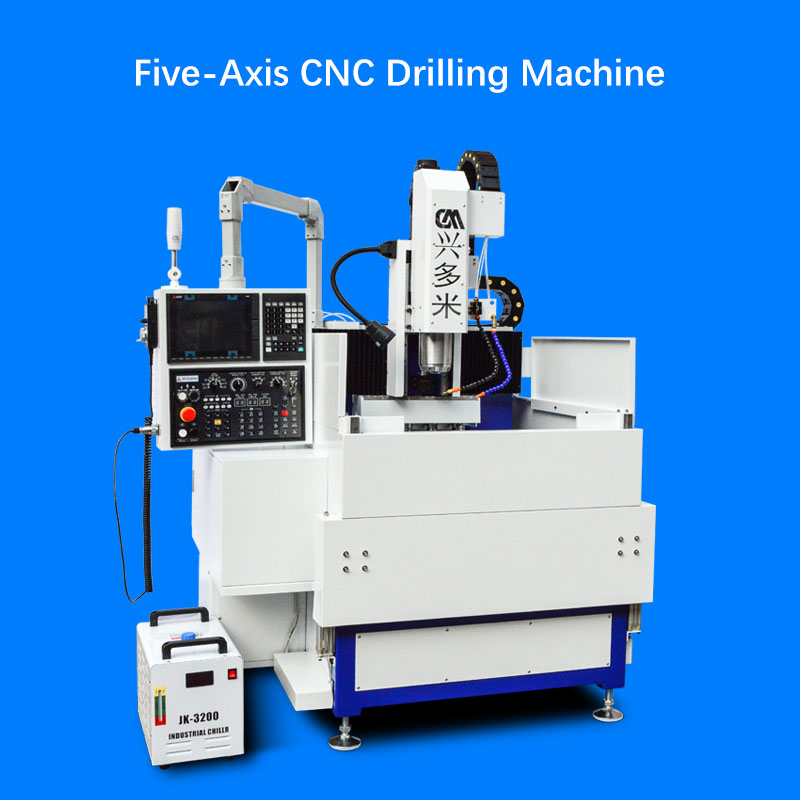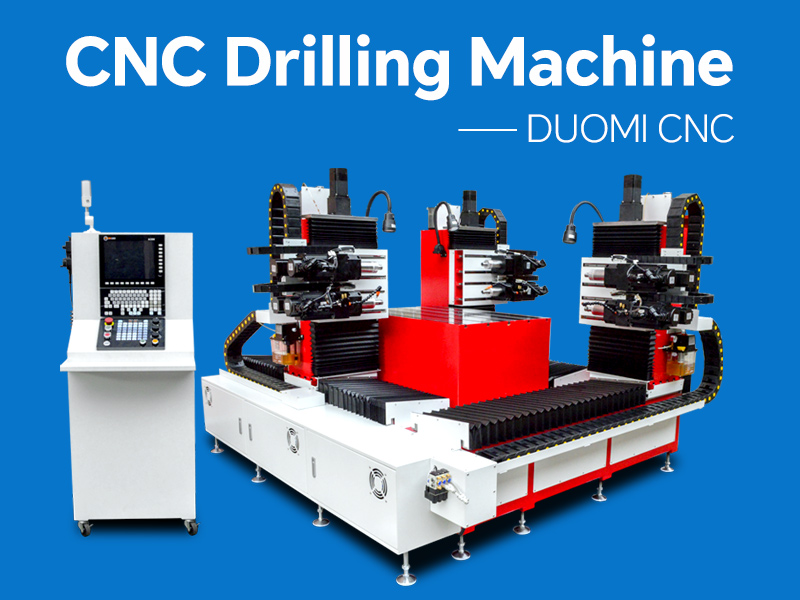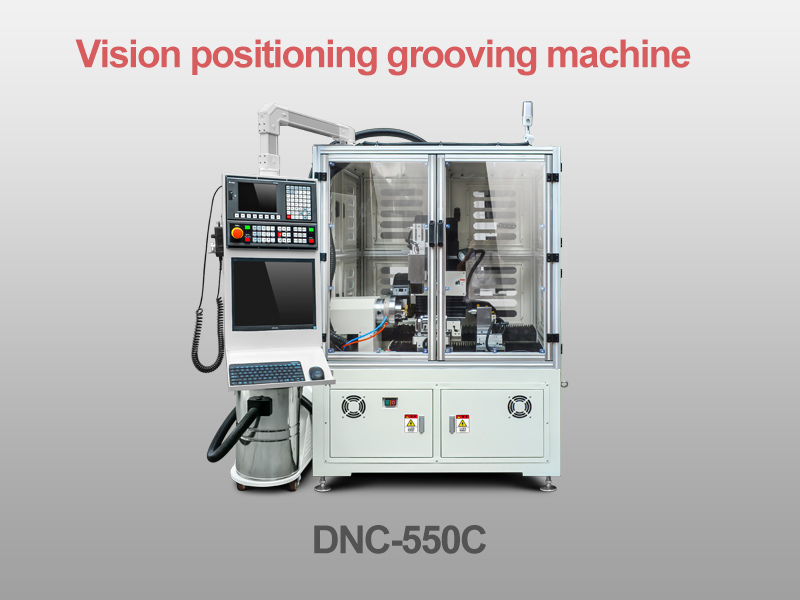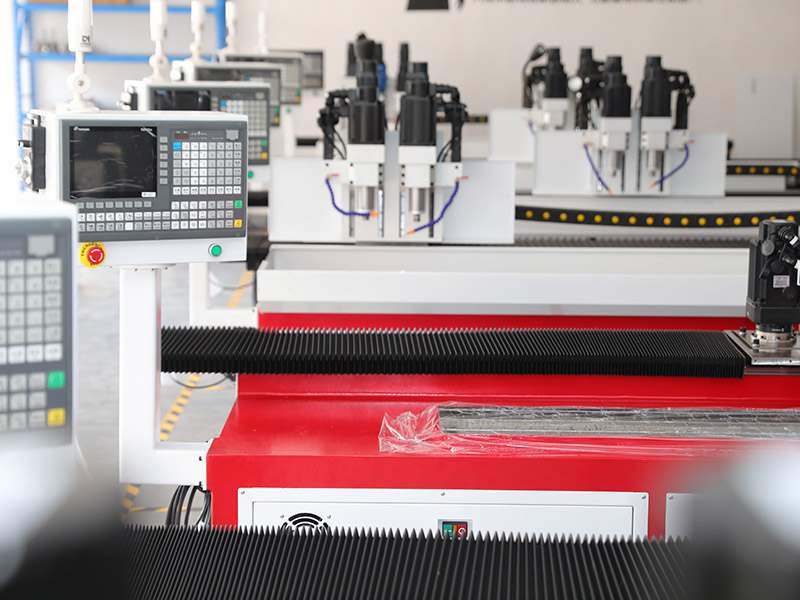Composition of a Gas Stove
1. Burner
The burner is the core component of a gas stove, responsible for mixing gas with air and igniting it to produce a flame. It mainly consists of:
Burner Head: The top part of the burner, with multiple flame ports where gas is released and burned.
Burner Cap: Covers the burner head, evenly distributing the flame and protecting internal components.
Burner Base: Supports the burner head, usually made of high-temperature-resistant alloys or cast iron.
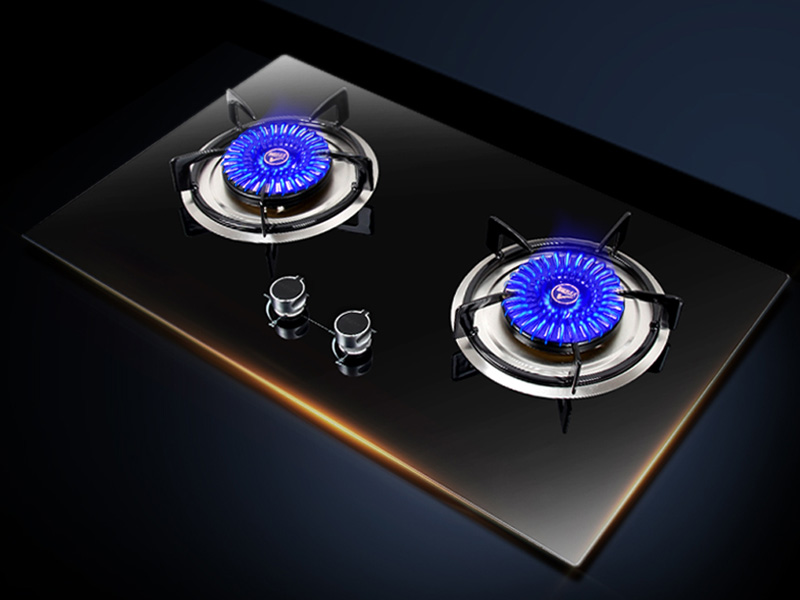
Types of burners include:
Direct Flame Burner: The flame directly heats the bottom of the cookware, improving thermal efficiency.
Infrared Burner: Uses infrared radiation for heating, enhancing combustion efficiency and reducing heat loss.
Cyclone Burner: Designed to minimize heat loss and increase combustion efficiency.
2. Ignition System
The ignition system ignites the gas and generally falls into the following categories:
Piezoelectric Ignition: Uses mechanical force to generate a spark for ignition, commonly found in older gas stoves.
Electronic Pulse Ignition: Generates a spark through an electric pulse, commonly used in modern gas stoves; requires a battery or mains power supply.
Thermocouple Ignition: Uses a thermocouple to generate current for automatic ignition.
3. Gas Valve & Control Knobs
The gas valve regulates the gas flow, allowing users to adjust the flame size. It includes:
Control Knob: Allows users to adjust the gas supply by rotating it.
Gas Valve Body: Connects to the gas pipeline and controls gas flow.
Pressure Regulator: Adjusts gas pressure to ensure stable combustion.
4. Gas Supply System
The gas supply system delivers gas from the source to the burner, including:
Gas Inlet: The connection point for the gas pipeline.
Gas Hose or Pipe: Transports gas, typically made of rubber, metal, or composite materials.
Regulating Valve: Controls gas flow to prevent excessive or insufficient supply.
5. Grates
Grates support cookware and are usually made of cast iron or stainless steel, offering high heat resistance and stability.
Types of grates:
Single-ring Grate: Suitable for standard cookware.
Double-ring Grate: Designed for large or heavy cookware.
Anti-slip Grate: Features raised edges to prevent cookware from slipping.
6. Surface Panel
The surface panel forms the external structure of the gas stove, providing support and protecting internal components. Common materials include:
Stainless Steel: Corrosion-resistant, heat-resistant, and easy to clean.
Tempered Glass: Durable, aesthetically pleasing, and impact-resistant.
Enamel: Smooth and heat-resistant but prone to scratches.
7. Safety Devices
Modern gas stoves come with multiple safety devices to enhance user safety, including:
Flame Failure Device (FFD): Detects the flame status and automatically shuts off the gas supply if the flame is extinguished, preventing gas leaks.
Thermocouple: Senses flame temperature to ensure the gas is cut off when no flame is present.
Overpressure Protection: Prevents excessive gas pressure that could lead to leaks or explosions.
Dry Burn Prevention: Detects cookware temperature and prevents overheating when there is no liquid in the pot.
Gas Leak Detection: Monitors gas leaks and automatically shuts off the gas supply.
8. Air Ventilation System
Proper air circulation is essential for efficient combustion. The gas stove has an air ventilation system that ensures complete combustion:
Primary Air: Mixed with gas before entering the burner to ensure stable combustion.
Secondary Air: Drawn from the surrounding environment during combustion to supplement oxygen for complete burning.
9. Drip Tray
The drip tray collects spilled oil and food residues, making cleaning easier. It is usually designed to be removable.
Summary
A gas stove consists of multiple key components, with the burner, ignition system, gas valve, and safety devices being the most critical. Each part plays a specific role in ensuring the stove's efficiency, safety, and convenience.




